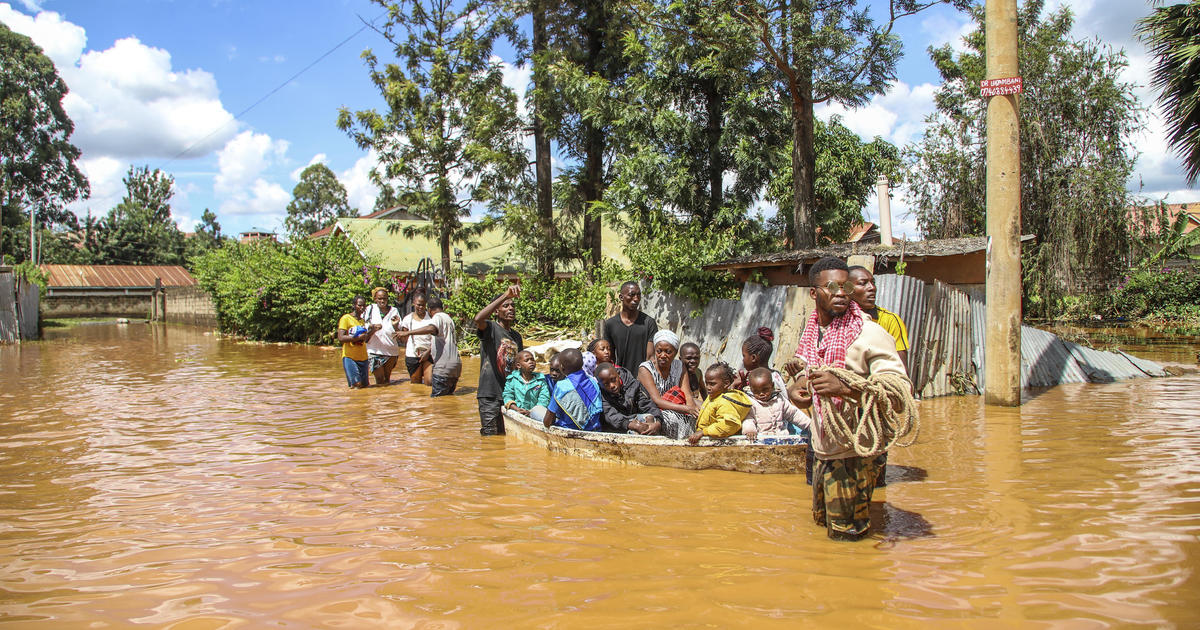Seniors skimp but spend more on prescription meds
Medicare recipients filled fewer prescriptions for pricey brand-name drugs — but spent more on such meds anyway, says a government report due out Monday. It blames rising manufacturer prices for squeezing older people and taxpayers.
The Health and Human Services inspector general's office says it found a 17 percent drop in the overall number of prescriptions for brand-name medications under Medicare's "Part D" drug program over a recent five-year period.
But beneficiaries' share of costs for branded drugs went in the opposite direction. From 2011 to 2015, their annual costs rose by 40 percent, from $161 in 2011 to $225 on average. Data for 2011-2015 were the most recent available for the analysis.
"Increases in unit prices for brand-name drugs resulted in Medicare and its beneficiaries paying more for these drugs," said the report. Rising Medicare payments for brand-name drugs "will continue to affect Part D and its beneficiaries for years to come."
A copy of the report was provided to The Associated Press.
Although new drugs priced at $100,000 a year or more grab headlines, the report emphasized that the most persistent problem for Medicare beneficiaries is the high cost of maintenance medications for common chronic conditions like diabetes. Total out-of-pocket costs for patients were highest for brand-name insulin, cholesterol drugs and asthma inhalers.
The affordability of maintenance medications "directly impacts Medicare beneficiaries and their ability to access the prescription drugs they need to stay healthy," Ann Maxwell, assistant inspector general, said in an interview. "This has an immediate direct impact on their quality of life and their health."
The data driving the report predate the Trump administration, but its conclusions dovetail with how officials view the problem. HHS Secretary Alex Azar says two of the main issues for the U.S. are high list prices for drugs and high out-of-pocket costs, especially for Medicare beneficiaries.
The administration has proposed a long list of measures to increase competition, shed light on pharmaceutical pricing and straighten out industry and government practices seen as artificially raising costs. But drug pricing is cryptic and complex; it remains unclear how long the administration will take to put plans in place, and how dramatic an impact that would have.
President Donald Trump seems to be itching for something more immediate. He recently hinted that major drug companies will soon announce "voluntary massive drops in prices." No details were forthcoming.
About 43 million Medicare beneficiaries have prescription coverage under a Part D plan, according to the nonpartisan Kaiser Family Foundation, with premiums that vary widely, averaging $41 a month this year. The benefit is subsidized by taxpayers and administered through private insurers, which are supposed to act as negotiators for beneficiaries and Medicare.
Initially the program was credited for encouraging a frugal shift to generic drugs, but in recent years spending has accelerated. Polls regularly find that the public is alarmed about the cost of prescription drugs, and that voters regardless of political affiliation want government action.
Among other findings from the report:
— Drugmakers raised prices more rapidly for the most commonly used brand-name medications, with the highest demand among Medicare patients. Average costs for the 200 drugs with the most prescriptions in 2015 rose at nearly double the rate of increase for branded drugs as a whole.
—The share of Medicare enrollees spending $2,000 a year or more of their own money for brand-name drugs nearly doubled over the five years studied, reaching 7.3 percent in 2015.
—Total program spending for brand-name drugs increased by 77 percent from 2011 to 2015, from $58 billion to $102 billion. That statistic is a measure of taxpayers' growing exposure.
—Rebates paid by manufacturers didn't seem to make a huge dent in costs. After accounting for rebates, Medicare reimbursement for branded drugs still increased by 62 percent. That was the case even though total rebates more than doubled, from $9 billion in 2011 to $23 billion in 2015.
Drugmakers often pay rebates to middlemen called pharmacy benefit managers, or to insurers. The payments are tied to expected sales of a drug and other factors. Insurers say they use the money to keep monthly premiums in check. But the Trump administration wants some of the rebates to be paid back directly to patients when they purchase medications.
The pharmaceutical industry says its prices reflect the challenges of developing new drugs and shepherding them through government approval, a years-long process that involves research, experimentation and extensive testing.



